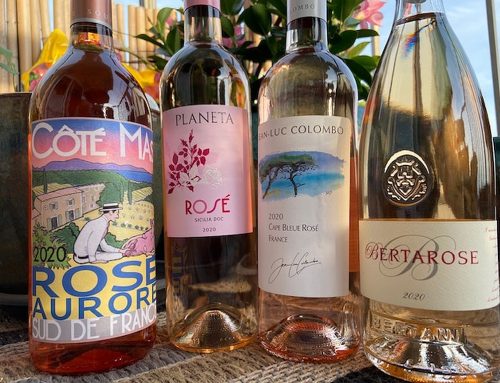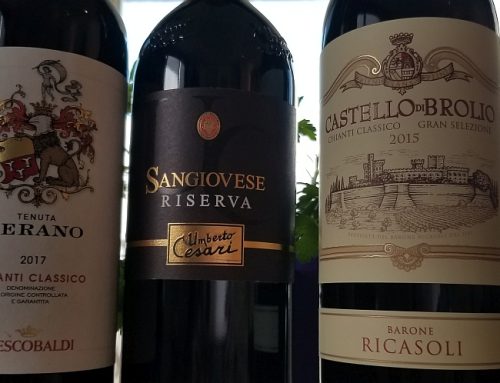Avignonesi’s new ownership has delivered two delightful Montepulciano wines wrapped in nature.
In 2007, Belgian-born Virginie Saverys purchased 30 percent of the respected Tuscan winery and took full ownership two years later.
A University of Paris-educated lawyer and retired corporate executive, Saverys brought her business skills and financial strength to her new endeavor. She could have easily used both to hire one of the internationally-known French or Italian winemaking consultants who produce formula-styled wines that are acclaimed by a few wine publications and called it a day. Fortunately for us, she chose otherwise.
Saverys assembled a team of young winemakers and viticulturists led by Australian winemaker Ashleigh Seymour. They are putting into practice Saverys’ vision of transforming Avignonesi into an organic and biodynamic estate. It applied for international organic certification in 2011. The three-year process was extended to 2015 after Saverys purchased additional vineyards in Montepulciano.
For most wine consumers, organic is easily understood as farming without pesticides, herbicides and other chemical ingredients, but biodynamic is mostly unknown. In its simplest form, think of biodynamic as homeopathic medicine for the soil and vines administered on a spiritual time clock. Special compounds are made from manure, plants and natural minerals, which are sprayed on the vines or plowed into the soil according to an astrological calendar, or when the earth is believed to be inhaling or exhaling on its 24-hour cycle.
In spring, Saverys visited Manhattan to present her new Avignonesi wines. A few weeks ago, I retasted the 2011 Avignonesi Rosso di Montepulciano and the 2010 Avignonesi Vino Nobile di Montepulciano.
Sangiovese is the primary red grape throughout Tuscany, and like other areas of the region, Montepulciano has its clone called prugnolo gentile, a derivative of the word for prune, prugna secca.
The 2011 Avignonesi Rosso di Montepulciano is 94 percent sangiovese and 6 percent indigenous varities, aged for 5 months in a mix of used barrels and large casks. After 30 minutes in a decanter, the wine transformed itself from black cherry-colored wine with a black raisin or prune-like scent to a cherry and cranberry-like hue and flavor. The mellow tannins and acidity give the wine a plush texture, and the pleasing fruit flavor lingers. From many wineries, rosso di Montepulciano is often a thin, harsh wine; Avignonesi showed that its focus from the soil to winemaking can reward you with a well-made rosso di Montepulciano.
The 2010 Avignonesi Vino Nobile di Montepulciano is pure sangiovese aged for 18 months in mostly once-used French oak barrels. Its black fruit and herbal aroma is matched by a blackberry, black cherry and mild vanilla oak flavor. The soft tannins and gentle acidity behind the flavors suggests a New World-styled wine; thankfully, Avignonesi did not push that envelope too far.
Avignonesi commitment to the land and the vines is admirable. And these two wines showed it is also rewarding wine consumers.
Try the 2011 Avignonesi Rosso di Montepulciano with seared tuna and black olive tapenade, and the 2010 Avignonesi Vino Nobile di Montepulciano with roasted lamb or duck and fall’s wild mushrooms.
The 2011 Rosso di Montepulciano retails for about $19; the 2010 Vino Nobile di Montepulciano is about $30.








Leave A Comment